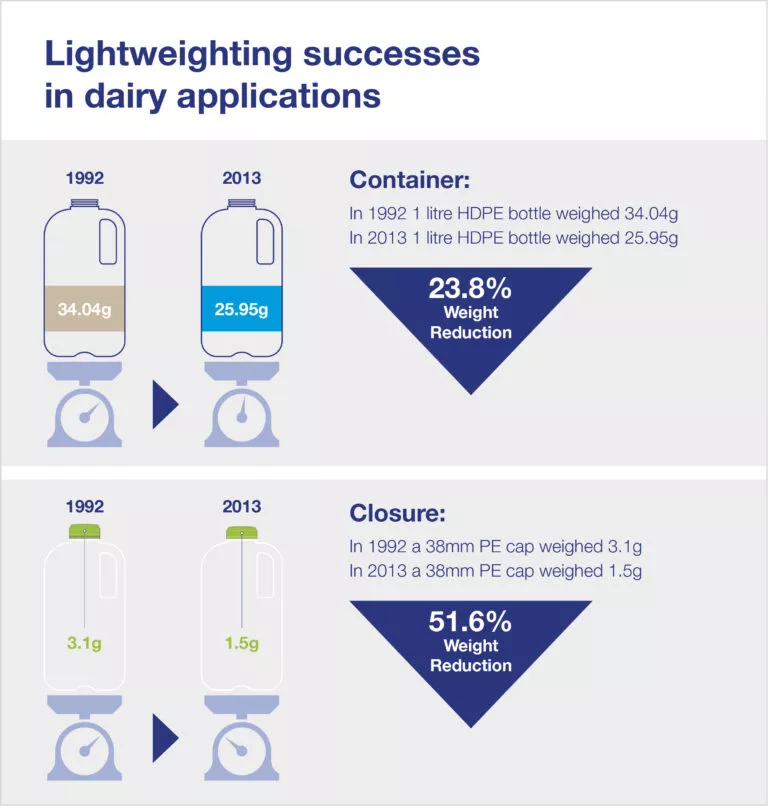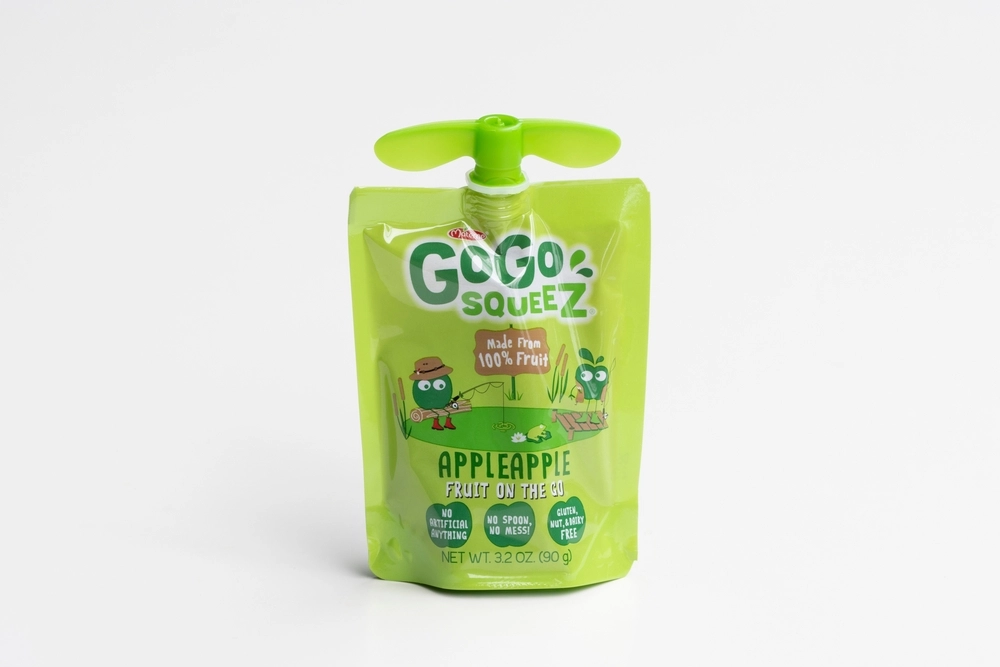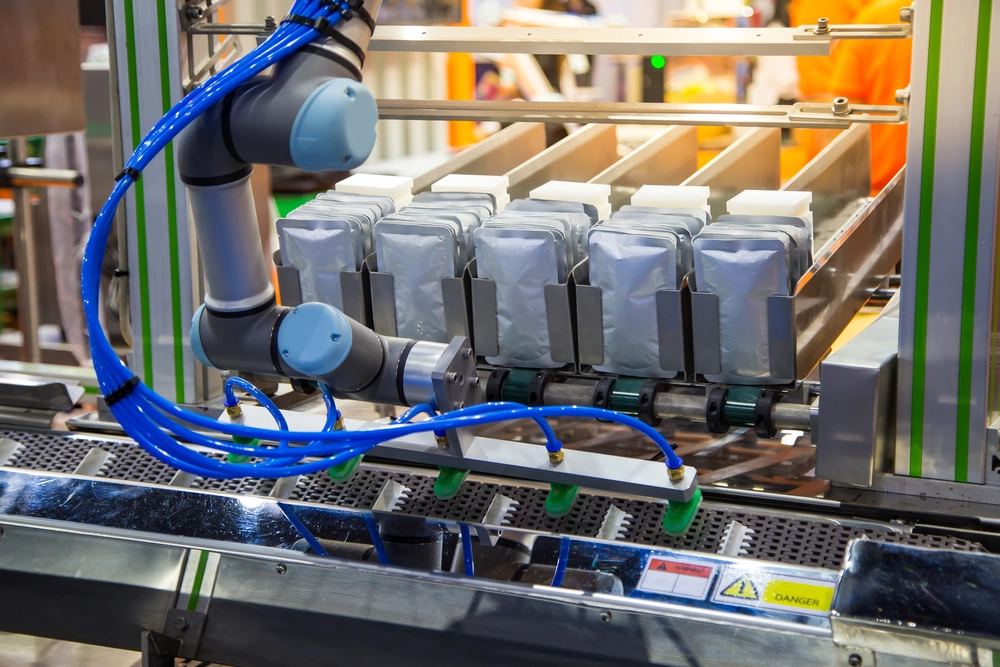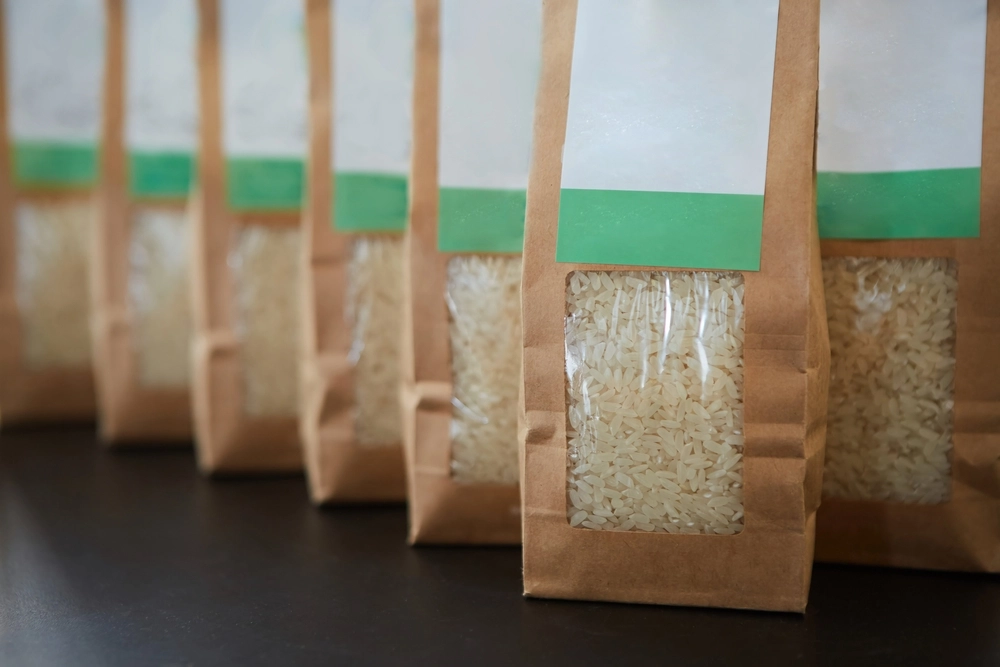Lightweighting in Packaging: The Pros and Cons
Lightweighting in packaging has become an increasingly popular strategy for manufacturers looking to reduce costs, improve sustainability, and enhance logistics. This approach involves designing product packaging materials that are lighter in weight than their conventional counterparts while maintaining the same level of strength and durability.
Lightweight packaging can be made from various materials, including plastics, paper, and metals. It has a wide range of applications, from food and beverage packaging to shipping containers. However, while there are many advantages to lightweighting in packaging, there are also some potential drawbacks to consider. In this article, explore the pros and cons of lightweighting in packaging and understand whether this approach is right for your operations.
What is Lightweighting?
Lightweighting refers to the process of reducing the weight of a product or material while maintaining its performance and functionality. In the context of packaging, lightweighting involves designing and producing packaging materials lighter than their conventional counterparts while still providing the same level of strength, durability, and protection. This can be achieved through various means, including using thinner materials, incorporating new materials, or redesigning the packaging structure to optimize its strength-to-weight ratio.

The goal of lightweighting is to create more efficient, cost-effective, and sustainable packaging. By reducing the weight of packaging, manufacturers can decrease their shipping and handling costs, improve their logistics, and reduce their environmental impact. Lightweighting can also help businesses meet regulatory requirements for reducing waste and emissions and improve their brand image by demonstrating a commitment to sustainability.
What is Lightweight Packaging?
Lightweight packaging is any packaging material or structure designed to reduce weight while maintaining strength, durability, and protective qualities. It can be used in food and beverage packaging, shipping containers, and consumer goods packaging.
There are several different approaches to lightweight packaging. One common approach is using thinner or more flexible materials that can still protect the packaged product. For instance, manufacturers may use thinner plastic films to create flexible pouches or bags that are lighter than rigid containers but provide a barrier against moisture, air, and other contaminants.

Another approach to lightweight packaging is to use innovative materials or technologies that can reduce the weight of the packaging without compromising its performance. Some companies are developing biodegradable or compostable materials that can replace traditional plastics and reduce the environmental impact of packaging.
Advantages of Lightweighting in Packaging
Lightweight packaging can help businesses improve their bottom line, reduce environmental impact, and enhance customer experience. It can also help your brand by providing the following:
1. Cost savings
One of the primary benefits of lightweighting in packaging is cost savings. By reducing the weight of packaging, businesses can lower their shipping and handling costs and reduce their materials costs. This can translate into significant savings over time, particularly for high-volume products.
2. Improved sustainability
Businesses can reduce their carbon footprint and reduce their waste and emissions by using less material. Lightweighting in packaging can help brands meet sustainability goals, and demonstrating this commitment to responsible environmental practices can also improve brand image.
3. Enhanced logistics

Lightweight packaging can improve logistics by reducing shipments’ overall weight and size. This leads to more efficient transportation, lower fuel costs, and fewer emissions. It can also help businesses optimize their storage and handling processes, increasing efficiency and cost savings.
4. Improved convenience
Lightweight packaging can also provide consumers with greater convenience and portability. For instance, lightweight pouches and bags can be easier to carry and store than heavy, bulky containers. The improved user experience can lead to greater customer satisfaction.
5. Regulatory compliance
In many cases, lightweighting in packaging can also help businesses meet regulatory requirements for reducing waste and emissions. Brands can demonstrate their commitment to sustainability and meet regulatory standards by using less material and optimizing their packaging designs.
Disadvantages of Lightweighting in Packaging

While there are many advantages to lightweighting in packaging, it is essential to ensure that the packaging is designed and produced with the necessary quality and safety standards to avoid any potential risks or issues with the packaged product. Here are some potential disadvantages and risks to consider:
1. Reduced protection
One of the primary risks of lightweighting in packaging is that it can lead to reduced product protection. By using thinner or less robust materials, businesses may be unable to provide adequate protection against damage or contamination. This can result in increased product returns or complaints and even pose a risk to consumer health and safety.
2. Limited product range
Another potential disadvantage of lightweighting in packaging is that it may not be suitable for all types of products. Some products, such as heavy or fragile items, may require more robust packaging to ensure safe transport and storage. In these cases, lightweighting may not be viable, and businesses may need to use more traditional packaging materials and designs.
3. Increased complexity
Lightweighting in packaging can also be more complex and require more design and engineering expertise than traditional packaging materials. This can increase the time and cost needed to develop and manufacture lightweight packaging. It may also require businesses to invest in new equipment or training.
4. Perception and branding
There may be some consumer perception and branding issues associated with lightweighting in packaging. Some consumers may perceive lightweight packaging as lower quality or less premium than traditional packaging, impacting their purchasing decisions. Additionally, brands may need to carefully consider how their lightweight packaging designs fit their brand image and messaging.
Striking a Balance for Sustainable Success
Lightweighting in packaging offers many benefits for brands seeking to improve their bottom line, reduce their environmental impact, and enhance the customer experience. Using lighter and more sustainable materials can lead to lower costs, improved logistics, meeting regulatory requirements, and demonstrating a commitment to responsible environmental practices.
However, as with any packaging design, there are also potential risks and disadvantages associated with lightweighting, including reduced protection, limited product range, and increased complexity. To fully realize the benefits of lightweighting in packaging, brands must carefully balance these factors and ensure that their designs meet the needs of their products and customers.
With careful planning and execution, lightweighting in packaging can offer a smart and sustainable solution for businesses across a range of industries. Meyers can help you explore how lightweighting in packaging can benefit your business. Talk to our experts to learn more about our sustainable folding cartons and pressure sensitive label packaging solutions.

